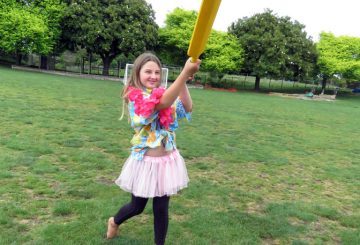Rodger Bagshaw from Waihi Golf Club has shared an update on the week’s activities on the golf course, from February 25 to March 2.
The club’s regular play was cancelled due to heavy rain forecast. However, the Pennants teams still travelled to Te Aroha for the first round of their competition, despite the wet conditions. Te Aroha has taken an early lead, but the Waihi Nuggets are not far behind, with the Waihi Quartz also in a good position. The standout performance was by Allen Sarjant, who scored one shot better than his age, a first-time achievement for him.
In the Nine Hole Section, the competition was focused on putting. Margaret Meldrum won the day with only 16 putts for her nine holes, just ahead of several others who finished on 17 putts.
The Wednesday Ladies saw good scoring in their stableford haggle. Jenny Gallaugher was the top scorer with 42 points, closely followed by Jan Robinson with 40 points. Annette Hetherington was named the “Dreamers Player of the Week” for her impressive 66 nett.
On Thursday, John Drent was the clear winner of the Morning Haggle with 43 points. In the Afternoon Haggle, Bill Young scored the highest with 43 points.
Saturday saw impressive scoring due to the dry conditions. In the Ladies scramble, Desley Rosevear led with 43 points. In the Morning Men’s Division 1, Sam Gurney dominated with 43 points, while in Division 2, Francis Gascoigne and Ken Purcell both scored 40 points. The Afternoon Men’s competition was tight, with Wayne Green and Michael Matutinovich both at the top with 41 points.























































-helped-regain-her-strength-and-balance-using-Nymbl-after-a-fall.-660x440.jpg)


